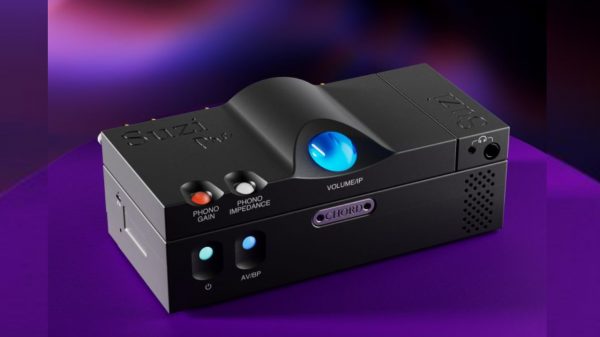Thanks to ever increasing bandwidth, we can now email just about anything. Photographs, videos, sound files, slide shows and more are regularly attached to emails both in personal and business computer use. Such files are then accessed, viewed, deleted, sent on to someone else, and so on. The thing is, these files are enormous–average file sizes have ballooned from a few mere kilobytes into multiple megabytes. Because they are so much larger these files occupy a lot more space on a disk, and the chances of such a file being saved in a single piece are slim to none. On a busy volume such as that on an email server servicing a whole company, those files are going to be heavily fragmented, and quickly. System performance is going to slow down as a result.
These file types aren’t just an email issue, obviously–they’re going to be created and saved as user files as well, and accessed, and edited, and deleted. They can also be saved as database records. They will also, at some point, be backed up. Yes, these large files are everywhere and are helping create an enormous file fragmentation problem and a consequential system performance and reliability problem.
The “traditional” approach to defragmentation over the years–while average files have been quietly becoming gargantuan–has been scheduled defragmentation. Before files started growing so drastically, scheduled defragmentation might have been adequate. It could be run at night or during a time when few to no users were on the system, and afterward files were fairly contiguous (all or nearly all in one piece).
But with files now so large, scheduled defragmentation isn’t fully doing the job, and in some cases isn’t actually affecting the high level of fragmentation at all. To compound the issue, in between these scheduled runs fragmentation only continues to mount. The bottom line: the advent of all this fantastic new media means fragmentation is affecting performance and causing users all over the company to wait, despite the fact that there’s a “solution” in place.
Times have changed, and defragmentation technology must change with them. An ideal solution for the average enterprise today is one that is fully automatic, that requires no scheduling, that utilizes idle resources to defragment whenever and wherever possible. There is never a negative performance hit due to defragmentation, and because defragmentation is consistently occurring, computer performance is consistently maximized.























